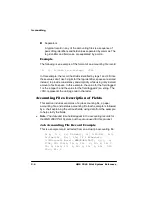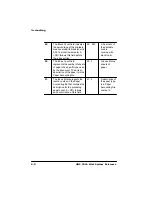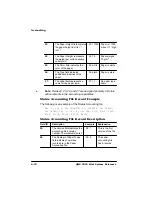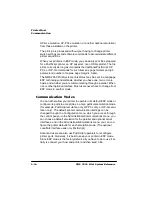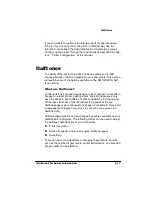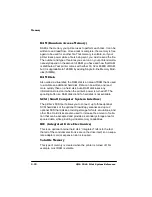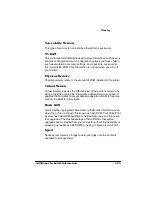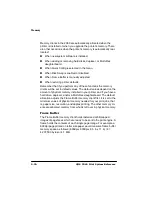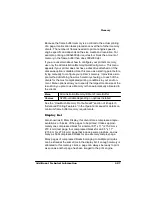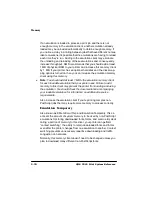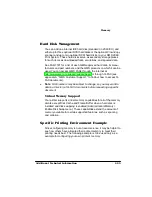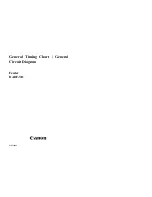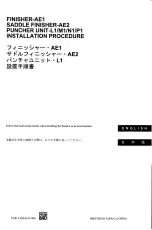
+DOIWRQHV
4063ULQW6\VWHP5HIHUHQFH
*UD\/HYHOV
Gray levels are a progressive series of gray tones between black and
white. Gray levels are produced by varying the ratio of black to white
halftone dots. The number of gray levels depends on printer resolu-
tion and screen frequency.
6FUHHQ)UHTXHQF\
Screen frequency or lines per inch (lpi) is the number of lines of half-
tone dots that compose each inch of a halftone screen. The screen
frequency determines the number of halftone dots used to represent
gray levels in a given area.
The following formula shows the relationship between screen fre-
quency, print resolution and gray levels. As the screen frequency
increases, the number of gray levels decrease. If resolution is
increased, the number of gray levels will also increase.
gray levels = (resolution/screen frequency)
2
+ 1
You can change screen frequency by selecting the halftone type in
the QMS 2060 configuration menu through your application, or by
using the PostScript setscreen operator.
The extra gray levels available through a higher resolution provide a
smoother shift from the darkest black to very light grays.
6FUHHQ$QJOH
A screen angle is the angle at which a halftone screen prints. The
default screen angle for your QMS 2060 Print System is 45° at
300x300, 600x600,and 1200x1200 dpi. This is the normal angle for
black and white printers. You can change the screen angle through
most software applications.
Summary of Contents for 2060
Page 1: ...QMS 2060 Print System Reference 1800450 001B...
Page 12: ......
Page 13: ...QWURGXFWLRQ Q 7KLV KDSWHU About This Manual on page 1 2 Typographic Conventions on page 1 3...
Page 36: ......
Page 108: ......
Page 164: ......
Page 185: ...RFXPHQW 2SWLRQ RPPDQGV Q 7KLV SSHQGL Supported QMS DOCs on page C 2...
Page 190: ......
Page 195: ...RQILJXUDWLRQ 0HQX Q 7KLV SSHQGL Configuration menu charts...
Page 200: ......

